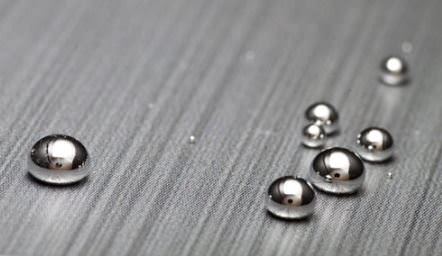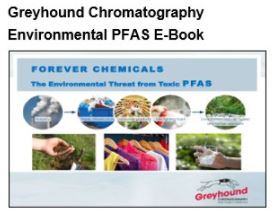Applying low voltage to liquid metals controls surface tension
A study published in the Proceedings of the National Academy of Sciences indicated that the surface tension of certain liquid metal alloys can be controlled with the help of low electric voltages. This news can be significant for material scientists and manufacturers who are looking for versatility in the products they produce and the chemical compounds they use.
In an effort to manipulate liquid alloys more easily, the researchers conducted an experiment with an alloy of indium and gallium. With a surface tension as high as about 500 millinewtons per meter, the bare alloy tends to bead up into a round shape. However, in their experiments, the study authors discovered that applying less than 1 volt of electricity causes an oxide to form on the surface of the material and reduce the surface tension to 2 millinewtons per meter. This allows the alloy to flatten out and become more manageable. The process can also be reversed by switching the polarity of the charge to raise surface tension.
"The resulting changes in surface tension are among the largest ever reported, which is remarkable considering it can be manipulated by less than one volt," senior author Michael Dickey, an associate professor of chemical and biomolecular engineering at NC State, said in a statement. "We can use this technique to control the movement of liquid metals, allowing us to change the shape of antennas and complete or break circuits. It could also be used in microfluidic channels, MEMS, or photonic and optical devices. Many materials form surface oxides, so the work could extend beyond the liquid metals studied here."
Liquid metals may become more prominent
As material for manufacturing, liquid metals may provide a degree of versatility that makes them suitable to various industries. For example, experts from FORTIS described how liquid metals are easier to sharpen than steel, cost less money than diamonds and have a small degradation period. Liquid metal alloys can also be stronger than titanium and aluminium, resistant to both wear and water. All of these traits make liquid metal alloys appropriate for medical uses, such as orthopedics.
For the future, medical tool manufacturers are considering how to use liquid metal alloys for prosthetics and implants. However, FORTIS pointed out it may be more likely that liquid metal be used in the manufacturing of non-medical tools around the clinician's office, such as computers and electric devices.
Author: Christopher Boyd, Chem Service Inc, September 2014
CONTACT US
Tel: +44 (0) 151 649 4000
Email: marketing@greyhoundchrom.com
FOLLOW US
YOU MAY ALSO BE INTERESTED IN OUR NEWSLETTER














